RiverWise
Issue 30 ~ March 2021
The monthly newsletter of the Lower Breede River Conservancy Trust
Have you renewed your
boat licence yet?
Annual Municipal Boat licenses are due for renewal every year from 1 July and valid until 30 June the following year.
Just a reminder of our outlets available for boat license sales for 2020/2021
MALGAS OUTLET:
Living the Breede
Phone: 067 162 9081 or 082 324 2757
Open: Mon-Sun from 08:00 - 17:00
RIVERINE OUTLET:
Breede Riverine Estate
Phone: 028 542 1345
Open: 09:00 – 17:00
WITSAND OUTLETS:
Lower Breede River Conservancy Office
Phone: 028 537 1296
Open: Mon-Fri 08:00 - 16:00
Sands Supermarket
Phone: 028 537 1800
Open: 09:30 - 16:30
Nella se Winkel
Phone: 028 537 1304
Open: 07:30 - 17:30
SWELLENDAM OUTLET:
Heyneman Yamaha
Phone: 028 514 2010
Open: 08:00 – 17:00
Infanta Inflatables
Phone: 028 514 1589
Hours:
08:00 - 17:00 Monday to Thursday
08:00 - 16:00 Friday, Closed Weekends
ONLINE LICENSES:
Buy your boat license online and arrange to pick up your disk at Living the Breede (Malgas) or LBRCT office (Witsand)
https://breede-river.org/licences/
Contact our office if you have any questions regarding the boat licenses - 028 537 1296 / info@breede-river.com
What we have been up to
In this issue
During the month of March the LBRCT team has been kept busy with a variety of operations. Apart from our monthly monitoring projects we have been picking up rubbish regularly, attending to injured animals, addressing riverbank erosion and vegetation degradation, and enforcing the Marine Living Resources Act with members of CapeNature. This month we have decided to write our focus article on the genus Aloe, specifically A. ferox, A. speciosa and A. arborescens, as these species occur along the lower Breede River and have the remarkable ability to hybridize with each other! The photo-of-the-month contenders are showcased, and we share a lovely original poem about the Overberg. We also provide some news updates on the Estuary Management Plan, and end off with endangered turtle awareness.
CapeNature Operation
The LBRCT worked alongside CapeNature to enforce the Marine Living Resources Act of 1998. This act is set out to protect marine ecosystems, reduce overexploitation and ensure the long-term sustainability of living resources in South African oceans. In 2013 the Department of Agriculture, Forestry and Fisheries (DAFF) published regulations on fishing at night on the Breede River estuary. The Night Fishing Ban states that no person may remove fish from the estuary between the hours of 20:30 and 05:00 of the following day. The Breede River is an ecologically sensitive estuary as it is an important breeding ground for many freshwater and marine linefish species. Hence the objective of this regulation to the MLRA is to further protect these species.
CapeNature and the LBRCT inspected a large number of shore anglers, bait collectors and fishing vessels both at sea and on the river. All transgressions were dealt with and those guilty fined. The Night Fishing Ban has been in place for more than seven years now and yet we still encounter fisherman who claim to be unaware of the regulation. Please ensure you are aware of the rules and regulations of South African estuaries before harvesting living resources therefrom.

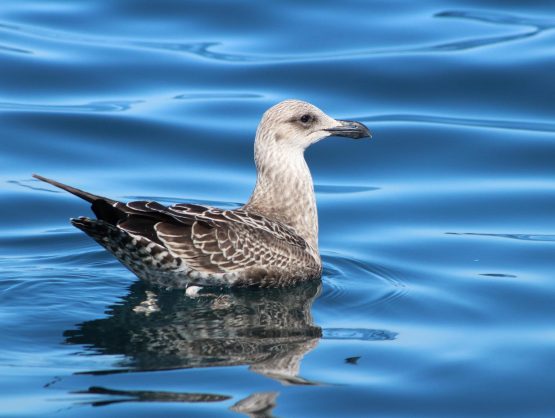
Genus focus: Aloe
Aloes form a conspicuous part of the Breede River landscape and are appreciated by many for their striking characteristics. Environmental legislation protects aloes in all provinces of South Africa, making it illegal to remove the plants from their natural habitat without permission. The lower Breede River is dominated by two single-stemmed species, Aloe ferox and Aloe speciosa, and by one multi-stemmed species, Aloe arborescens.
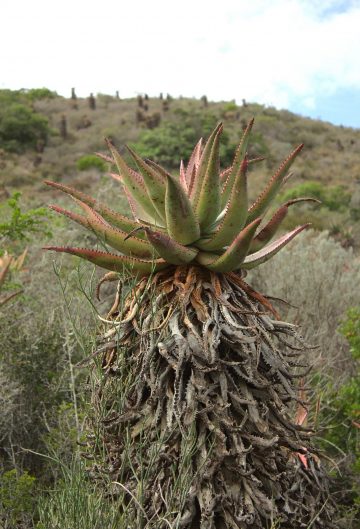
Aloe ferox
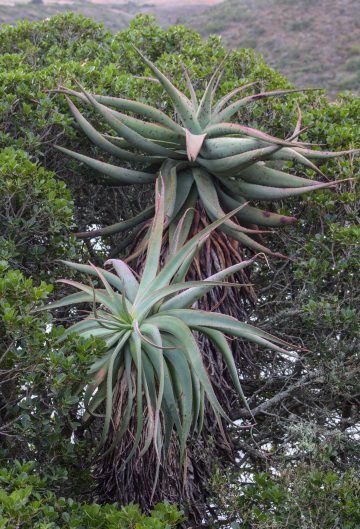
Aloe speciosa
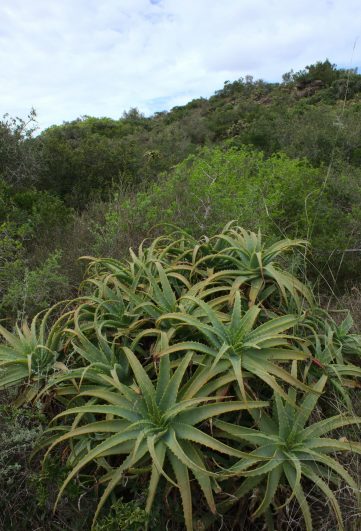
Aloe arborescens
Aloe ferox usually grows 2 m tall, but old specimens can reach heights of up to 5 m. This dark green species is easily recognizable along the Breede with dark brown spikes along its leaf margins as well as on its upper and lower leaf surfaces. Hence this species is aptly named, with ferox meaning 'ferocious'. Aloe speciosa on the other hand grows up to 6 m tall and has smooth leaf surfaces, but retains the spiked margins. The leaves of this species are blue-green in colour with pinkish edges and are generally longer and less vascular than those of A. ferox. The collective term given to the leaves of an Aloe head is the rosette. The rosette of A. speciosa is almost always tilted, and can look untidy as the leaves do not grow in any particular arrangement. Nevertheless, this species is one of the most beautiful aloes in the region, with speciosa meaning 'showy' it is a firm garden favorite. Aloe arborescens is a multi-branched shrub that can grow 2 m high. The rosettes are greyish-green to bright green in colour, with sickle-shaped leaves that have white or green spikes along the edges. This species is easily propagated from cuttings and is widely cultivated as ornamental but also as a hedge plant.
Aloe species have the remarkable ability to hybridize with one another due to overlapping of flowering times and sharing common pollinators. Many nectar-loving sunbirds and bees enjoy the rewards from aloe inflorescences for their pollination efforts. Natural hybrids are usually an intermediate between the two parents, and can be more easily identified because both parents should be present close by. Aloe ferox and Aloe arborescens frequently hybridize with one another, and can be found along the Breede estuary where distributions overlap. Characteristics of this hybrid include multiple stems, smooth leaf surfaces, downward shaped leaves, intermediate plant height with a mix of both dark and light green colouration. Aloe speciosa does not hybridize as readily with the other aloe species as it typically flowers later in the year.
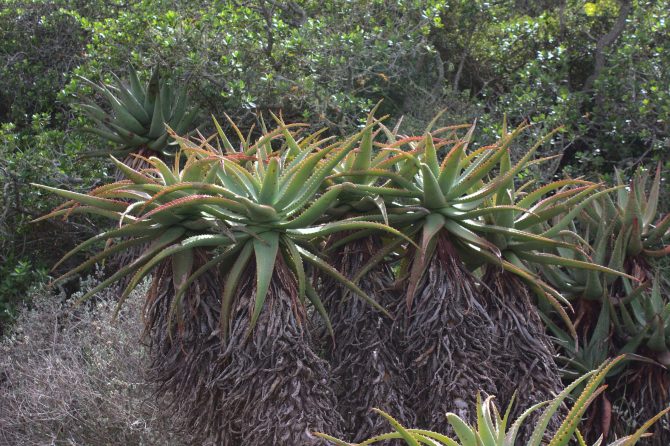
A hybrid cross between A. ferox and A. arborescens.
Aloes are great indigenous alternatives for horticulturalists as they are pre-adapted to the harsh African climate and can thrive in a variety of habitats. Hybrids are often considered more beautiful than their parents and also grow faster, flower sooner and produce more striking flowers! This is due to a genetic phenomenon known as 'hybrid vigour'. If you are wanting to cultivate aloes of your own there are a few pests and diseases to look out for. It is always recommended to prevent infestations by providing the plants with the correct watering, drainage and shade. Nevertheless, white scale insects sometimes gather in organized rows on the leaves. These can be dealt with using a modern insecticide. Another problem that causes deformation of the leaves and inflorescences is aloe cancer. This is caused by mite infestations which stimulate unnatural cell growth. Generally plants with aloe cancer are removed and destroyed as their presence can infect other healthy aloes. Fungi or aloe rust leave ugly round brown spots on the leaves. Fungicide works very slowly to remove these spots. Lastly, the aloe snout beetle is most likely South Africa's worst pest. These beetles burrow into the heart of the plant where they promptly lay their eggs. The larvae hollow out the stems, which ultimately lead to the plants demise. Unfortunately, these infestations are often detected too late.
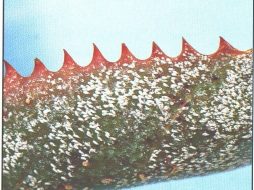
White scale insects

Aloe cancer
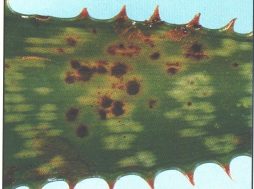
Aloe rust
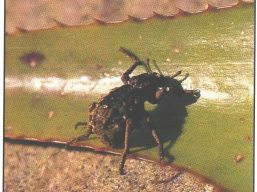
Aloe snout beetle
In the data
Monthly routine monitoring
March bird counts
In March we tried a new type of bird count in hopes of accounting for the diversity of estuarine birds as many occupy different microhabitats in the riparian zone. Bird counts took place at multiple locations at spring low tide and each habitat location was observed for 15 minutes. In that time all birds observed were recorded, except for fly-overs. This new methodology needs improvement, as the exposed mudflats were far more popular than other habitats, resulting in negligible data for habitats such as rocky banks, salt marshes, and grass flats. Nevertheless, here are our results!
March water quality
The water quality run revealed fresher conditions than last month. The salinity was the highest at Mudlark (31.44 PSU). We believe this phenomenon is explained by a significant increase in depth combined with a reduction in the circulation of the water compared to adjacent sites. The more saline the water the denser it becomes, resulting in this water of higher salinity sinking to the bottom and not being circulated away. Fresh water was reached at the Riverine (28 km) upriver. The water temperature was lower than last month, averaging 22.3°C.
Photo of the month
The photo-of-the-month competition is a new initiative which the LBRCT is promoting whereby members of the public can send us their photos of anything related to the natural beauty of the Breede River!
Please personal message us your photos on Instagram, Facebook or send them to info@breede-river.org.
Here are some of the photo-of-the-month pics we were sent:
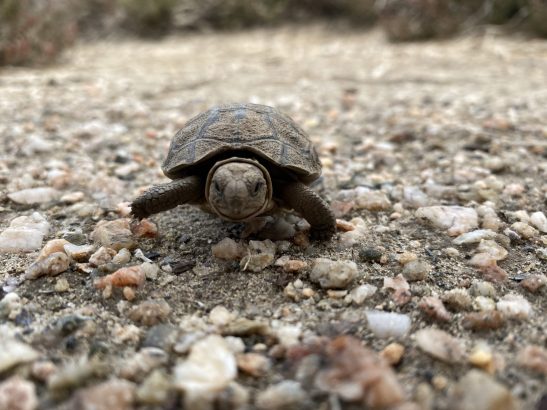
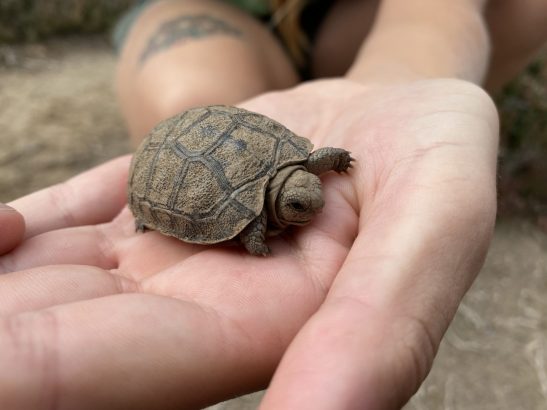
This adorable Parrot-beaked tortoise hatchling (Homopus areolatus) was found and photographed by Michael Botha near Mudlark. Thanks Michael for sending us your great photographs!

Bret Schonfeldt took this photograph of an elusive bird at the moment, the Southern Malachite Kingfisher (Corythornis cristatus cristatus).
Animal rescue
There were a few calls of concern to the office this month. Our rangers rescued two birds with broken wings - a Kelp Gull and a Cape Eagle-Owl, one Undulate tortoise and two Grysbokkies. Many injuries obtained by these animals are due to road accidents, so please look out for our wildlife on the roads.

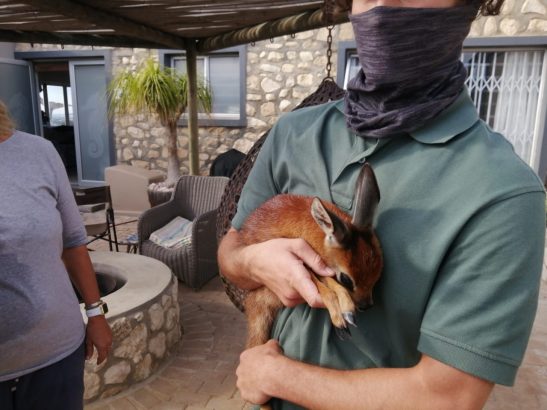
Estuary clean-ups
The LBRCT rangers regularly pick up rubbish along the popular coasts and banks of Witsand. In March we focused on the section of shoreline from Oysterbeds to the start of Groenpunt. We are hoping to organize regular Infanta beach clean ups soon.
Overberg Poem
We are very happy to share with you an original poem written by Marius Jansen van Vuuren called 'Overberg'. Thank you Marius for sending us your beautiful literature. We would like to encourage more of the public to send us their original content of the Breede River, as we all appreciate and love this biodiverse area in our own unique way.
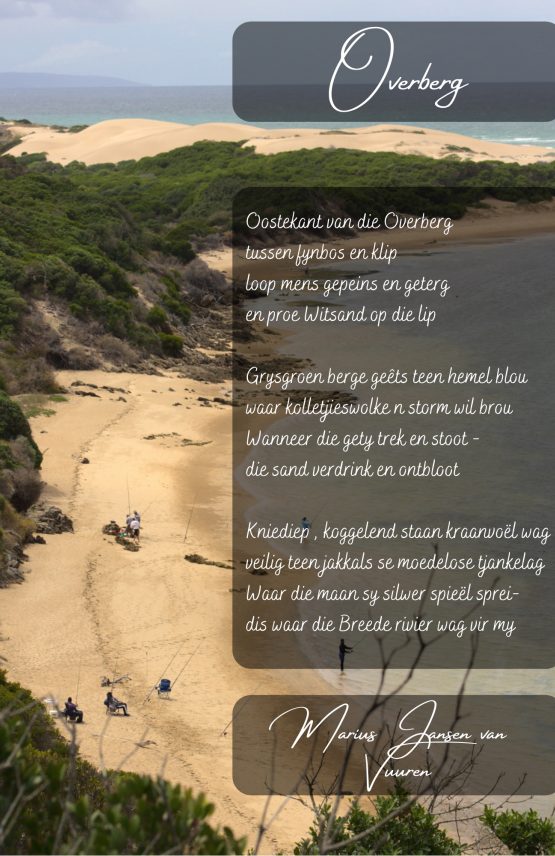
CapeNature Inspections
On 19 March we took CapeNature out on the river to inspect and make records of jetties, slipways and other recent infrastructural developments.

Update on the
Estuary Management Plan
The Department of Environmental Affairs and Development Planning (DEA&DP) has contracted a service provider to assist with amendments to the Estuary Management Plan which is currently being reviewed. The LBRCT provided the environmental management consultant with transportation and clarity on the different localities.
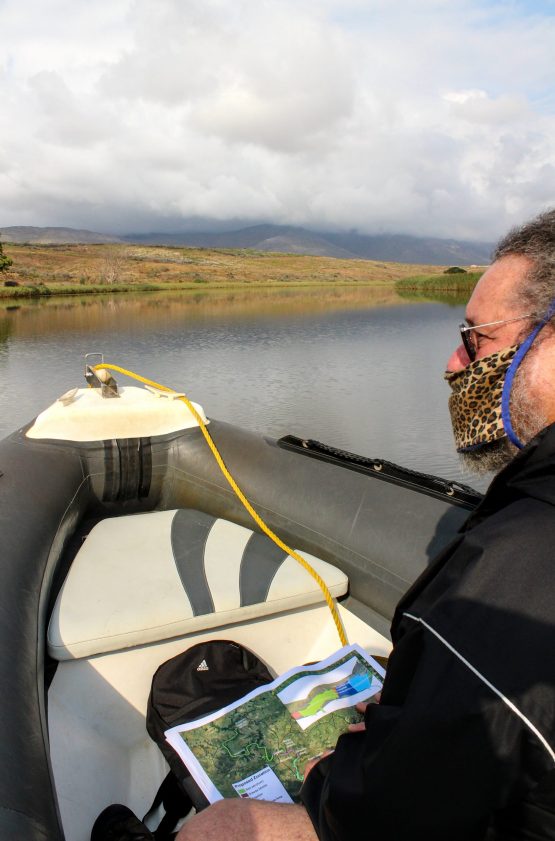
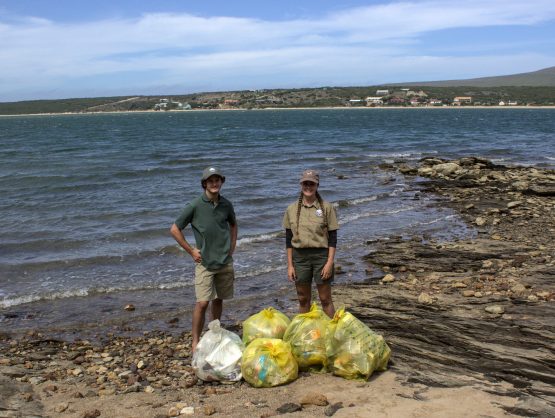
Turtle Alert!
Turtle season is upon us! Please be on the look out for turtle strandings along our beaches. Report any strandings to the LBRCT (028 537 1296) and Two Oceans Aquarium (083 300 1663) as soon as possible. Here are some informative posters from the Two Oceans Aquarium in Cape Town.
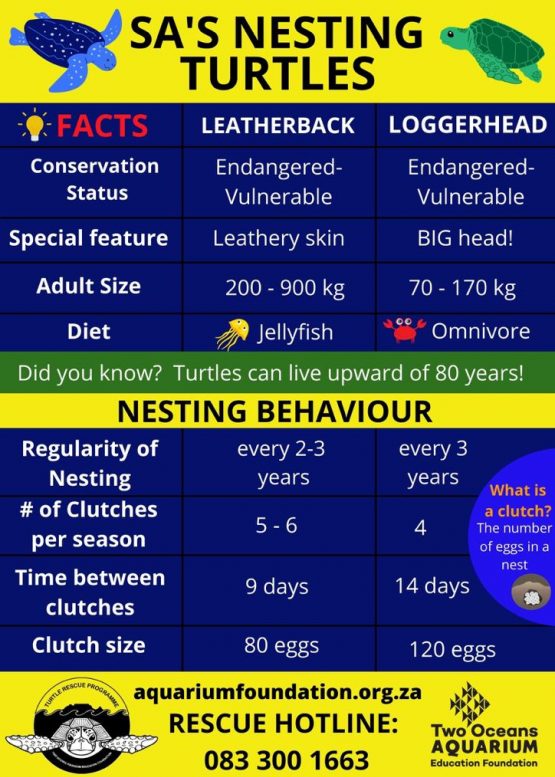
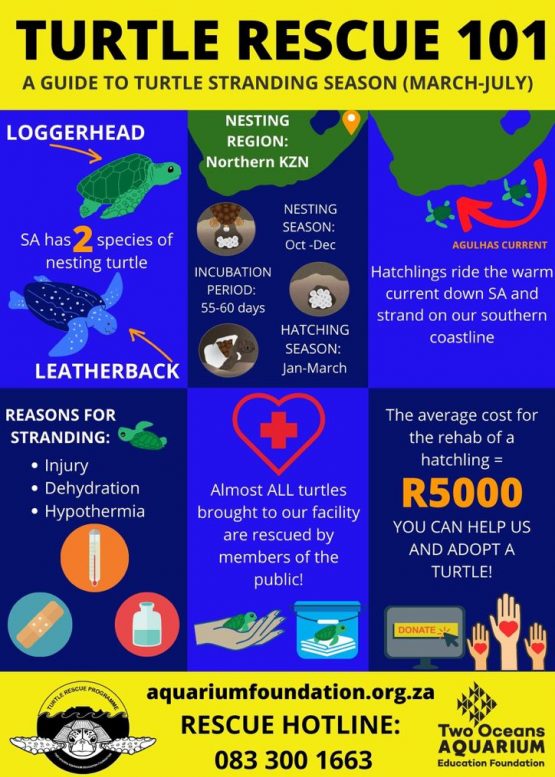
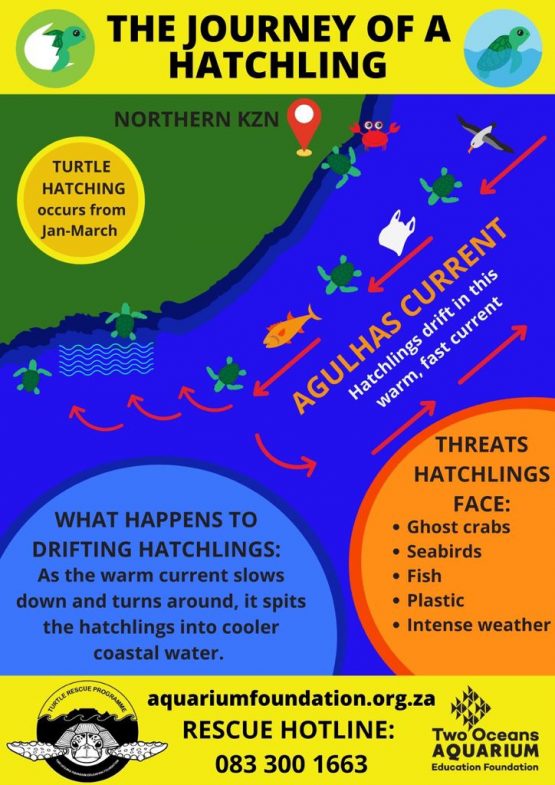
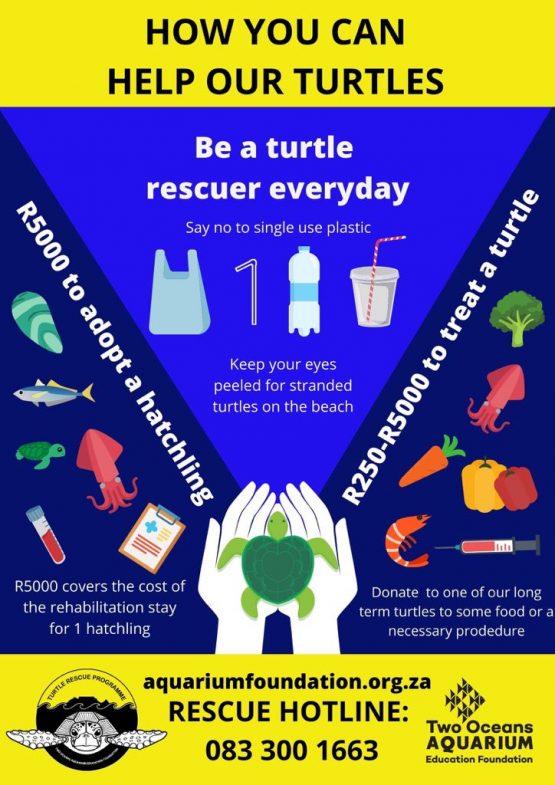
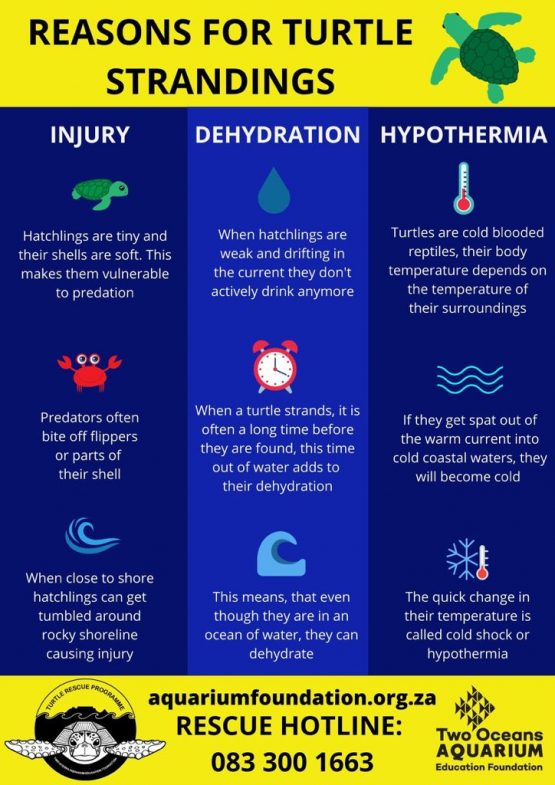

Thank you for reading
We hope you enjoyed this months' issue. Should you have any feedback, questions, or matters you would like us to cover in a future issue, please do not hesitate to write to us at news@breede-river.org.